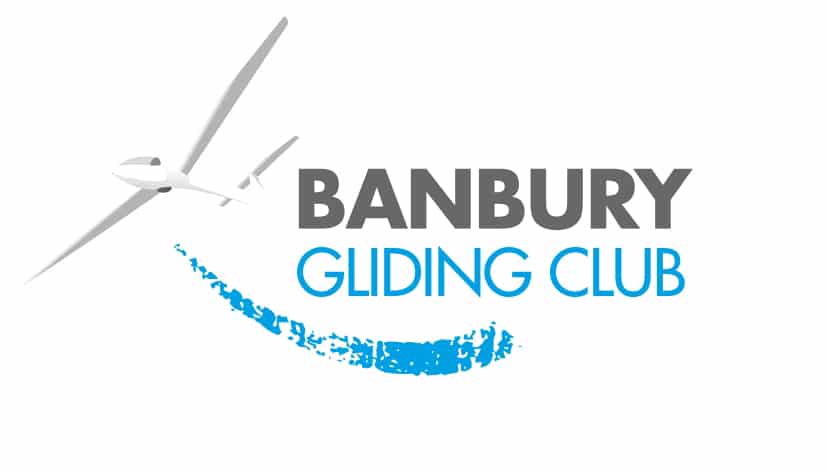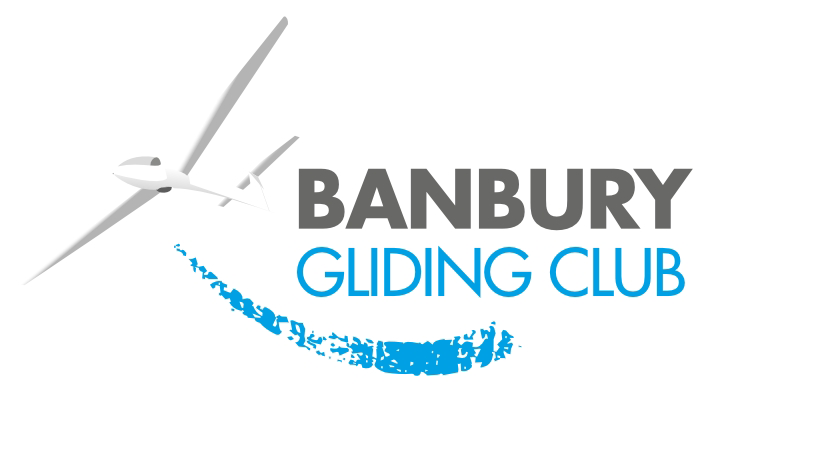
Banbury Gliding Club
Learn to fly gliders
FREQUENTLY ASKED QUESTIONS
1. How does a trial lesson work?
You will sit in the front of a two seat, dual control glider, with a qualified instructor behind you. Your instructor will explain how everything works and tell you what’s happening as the flight progresses.
Once you’re in the air, he will show you how the controls work and let you have a first try. But don’t worry – the instructor will be looking after things and won’t let you do anything that might cause him to breathe more quickly! Click here for more information about trial lessons.
2. How long will the flight last?
Gliding is weather dependent, so as they say… “it all depends”.
However, we always aim to give you the best experience possible and during our trial lessons our target is to give you up to 25 minutes in the air.
3. How easy is it to fly a glider?
You will be surprised just how easy it easy to fly a glider. It normally takes around 30 to 50 flights before you are ready to ‘go solo’ but this does depend on how intensive the training is, and how you absorb gliding! Many would say it is actually easier to fly a glider, than it is to drive a car.
4. Are there any health restrictions?
Yes – to fit within the glider’s weight and size limits, you must be under 6’ 4” tall and weigh less than 100Kg. You must not suffer from faintness, giddiness, fits, a serious heart condition or anything that could endanger the glider in flight. If you have a disability, that may not be a problem provided you can get out of the glider unaided.
5. What weather can you not fly in?
There are really only three things that will stop flying – rain (although, often if it’s just showers you can fly between them), low cloud and strong winds (more than 30mph!). We will always do our best to accommodate all conditions, but safety must always come first.
6. What happens when the wind stops?
You may be surprised to find out that you don’t need wind to fly! If you throw a paper aeroplane indoors, it still flies gracefully to the ground thanks to its aerodynamic shape – gliding is no different.
7. How does it fly without an engine?
Silently! But seriously, you are always coming down through the air (just like the paper aeroplane). The trick to staying up is to find air that is going up faster than you are coming down. Of course, you do need a little help to get airborne to begin with, which takes place in the form of an aerotow of the glider from the Club’s powerful tug aircraft (we only do this at Banbury Gliding Club) or winch.
8. How many can fit in a glider?
There are two-seat gliders (which are used for instruction) and there are single-seat gliders (which you move onto once you are solo!).
9. How much does a glider cost to buy?
This can vary hugely, depending on what you want! A very basic single-seat glider may only be a few hundred pounds. An older but still competitive glider may cost about £10,000, and a top-of-the-range racing glider can cost up to £100,000! It all depends on what you personally are looking for. It is very common for gliders to be syndicated to bring the costs down.
10. How safe is it?
As with any form of aviation, there is of course some risk involved. However, with proper training this risk is minimised. The gliders themselves are very strong, all pilots go through significant training, and we wear parachutes just in case anything goes wrong; in unlikely event of an accident, the speeds are relatively slow, the glider is designed to absorb energy, and there is no fuel to burn and therefore no risk of fire. Statistically, you are more likely to be involved in a car accident.
11. What should I wear?
If you are coming out during the colder months, then you should definitely have a warm jumper / coat, as airfields of all descriptions can be quite considerably colder due to being exposed more to the wind more. During summer, sunblock and a hat is definitely a must- sunglasses are recommended all year round. Regardless of whatever time of the year you come, please wear flat soled shoes / trainers and bring a jumper with you in case it gets cold at higher altitudes.
12. Can I bring my camera?
By all means, bring your camera but please be aware that allowing this flight requires a neck lanyard and remains at the discretion of the instructor, for your own safety and your instructor. We do welcome you to bring along friends / relatives etc to take photos or a Banbury Gliding Club member would be all too happy to take some photos of you flying if you come alone. We always do recommend that you have no loose items on you, or in your pockets just from a comfort perspective – you may be asked to remove such items, also for safety purposes.
13. Do you cater for larger groups?
Yes! We can cater for large families / groups of friends, or block-book a day for your party depending upon its size. Corporate events can also be arranged with us. Please contact us for details.
14. I’m stuck for gift ideas- can you help?
Yes, certainly. Our ‘Trial Lesson’ and ‘Learn To Fly’ packages would make a perfect gift – they are unique and would certainly be appreciated. Make sure you take a look around our site to see what gliding is all about, and if you are interested, please get in touch with us.
15. My question is not answered here!
Please, contact us!
If your question is not answered here, please contact us
© 2019 BANBURY GLIDING CLUB
